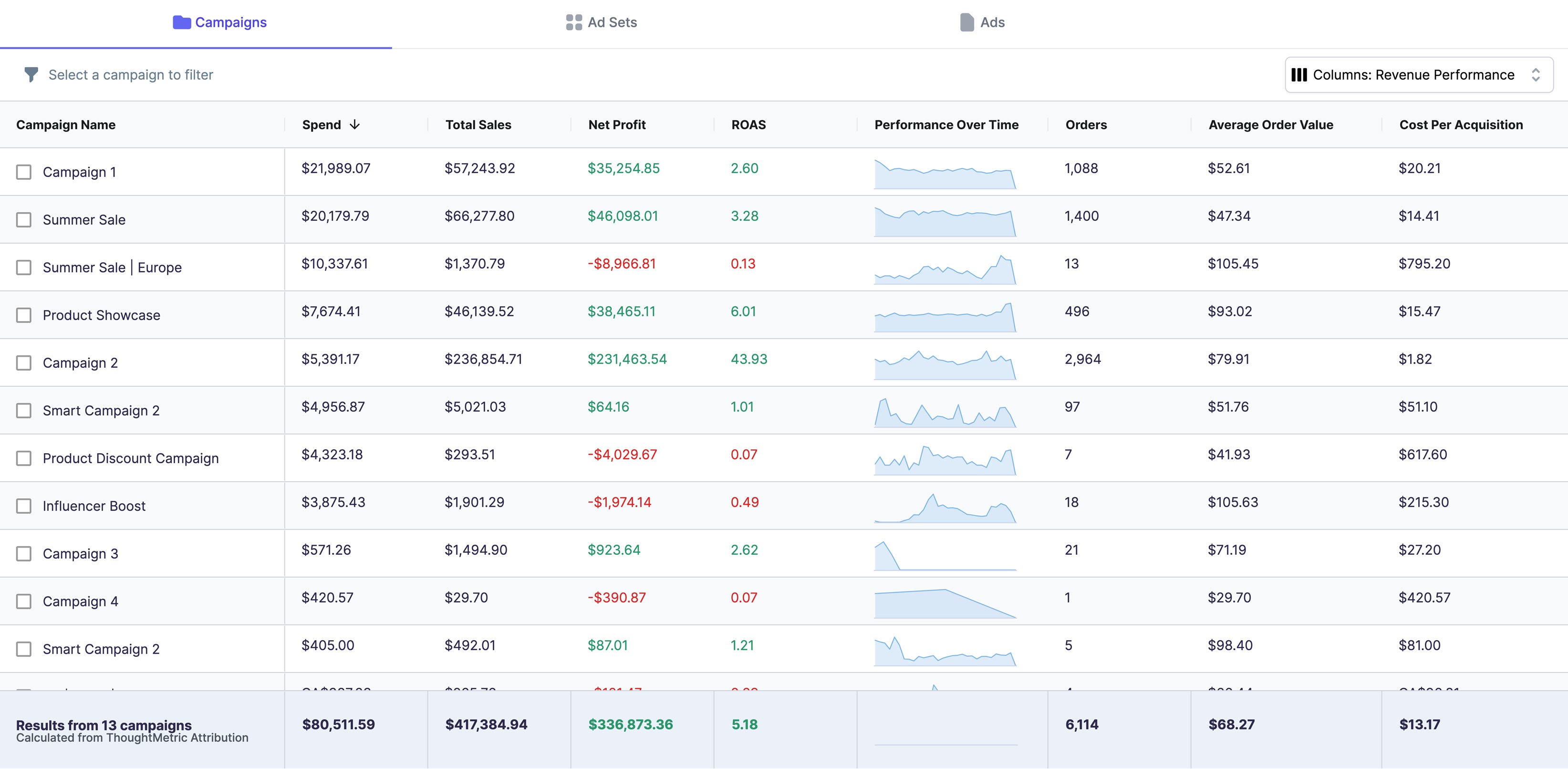Let’s break it all down in simple terms.
What Are Keyword Match Types?
In Google Ads, match types tell Google how closely a search query needs to align with your keyword for your ad to show.
- Exact Match is the strictest.
- Phrase Match gives a little more room.
- Broad Match is the loosest, allowing Google to use its judgment.
Exact Match: Most Precise
How it works:
Your ad will show only when someone searches for your keyword or a very close variation (think misspellings, singular/plural forms, or reordered words that don't change the meaning).
Example:
- Keyword: [running shoes]
- Possible search: "running shoes" or "shoes for running"
- Your ad would not show for: "best trail running shoes" or "buy running sneakers"
- You know exactly what your high-intent keywords are.
- You want tight control over what triggers your ads.
- You’re optimizing for maximum efficiency and conversion rate.
Exact match often drives the best quality leads, but it limits volume.
Phrase Match: A Little More Flexibility
How it works:
Your ad will show when someone’s search includes the meaning of your keyword, even if there are other words before or after it.
- Keyword: "running shoes"
- Possible search: "best running shoes for women" or "cheap running shoes"
- Your ad would not show for: "trail sneakers for hiking" (because it changes the meaning)
- You want to reach people searching around a concept you care about.
- You still want relevance, but with slightly more reach than Exact Match.
- You’re testing related variations people might search for.
Broad Match: Casting a Wide Net
How it works:
Your ad may show for searches that relate to your keyword in any way Google thinks makes sense — synonyms, related ideas, and more.
Example:
- Keyword: running shoes
- Possible search: "best sneakers for marathons" or "how to start jogging"
- You’re in discovery mode and want to find new audiences.
- You trust Google's AI to figure out related intent.
- You have strong conversion tracking in place to help Google optimize automatically.
Broad Match can drive great results if you're feeding it enough data (like conversions) for Smart Bidding to learn from. Otherwise, it can waste your budget fast.
Which Match Type Should You Use?
It depends on your goals, and your risk tolerance.
Maximize precision and efficiency | Exact Match
Balance reach with relevance | Phrase Match
Discover new audiences | Broad Match (with Smart Bidding)
In most cases, advertisers use a mix of match types to balance performance:
- Start with Exact to capture high-intent traffic.
- Layer in Broad Match once your campaign has enough data to optimize.
The days of manually controlling every keyword are fading. Google's AI is playing a bigger role in matching ads to searches. Still, understanding match types and using them strategically gives you more control over your ad budget and lead quality.
- Am I being too restrictive with Exact Match?
- Am I being too loose with Broad Match?
- Could I test Phrase Match to find a happy medium?
At the end of the day, quality always beats quantity. ThoughtMetric helps e-commerce brands understand the true value of the traffic their campaigns are driving. We recommend running a few tests before locking in your keyword match type. If a broad match campaign delivers strong revenue, stick with it. If you are paying for low-quality conversions, ThoughtMetric will help you spot the problem and adjust your strategy.





